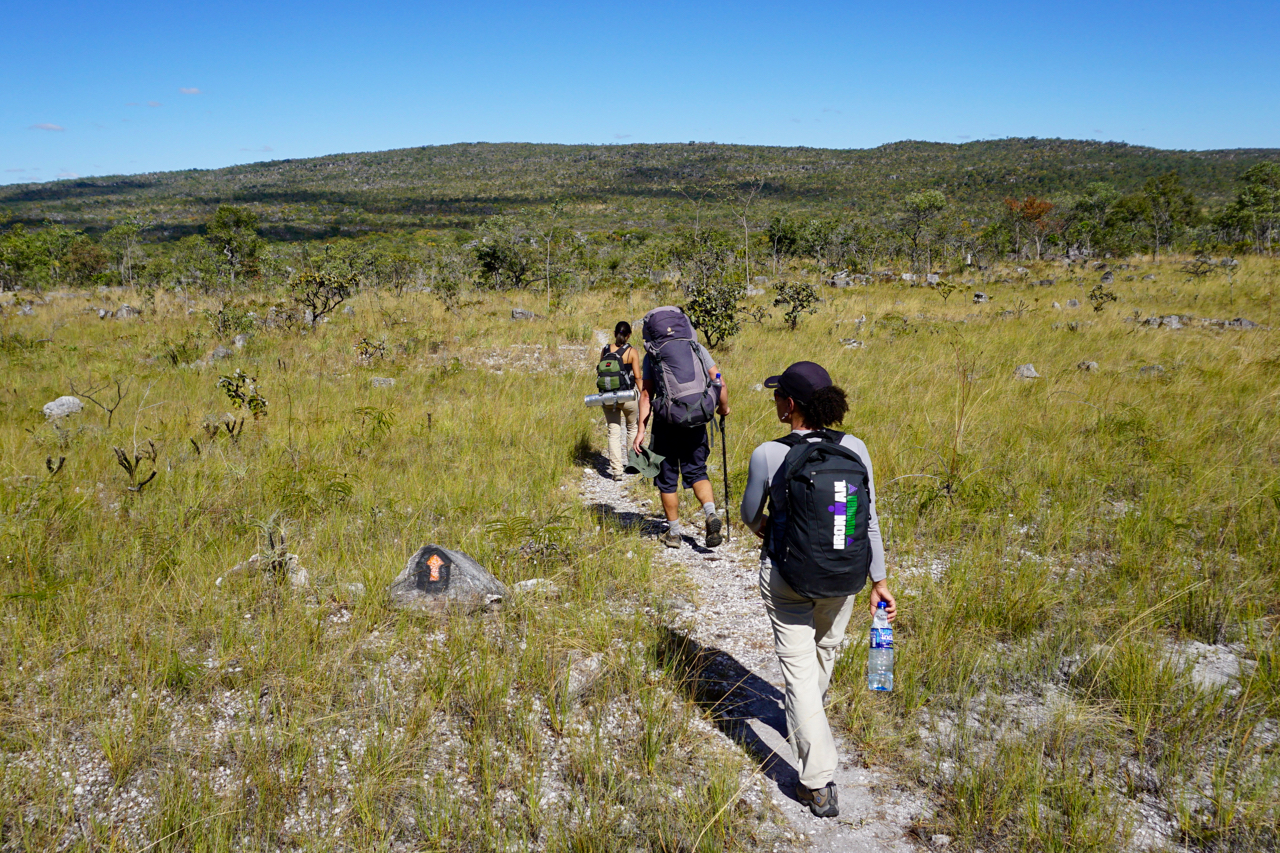

Agencies that manage national parks are accustomed to producing financial reports which deal with direct income and costs (including gate fees, concessions, resource royalties, etc.). However, this perspective fails to consider the wider economic effects of protected areas (PA), including their monetary value and the employment they generate for regional economies, which often amounts to many times the direct costs of running the park.
Brazil manages a system of 334 federal PAs in a total of 170 million hectares. Despite the enormous size of the PAs system along with its important biodiversity, the associated budget has not been fully substantiated in Brazil. Additionally, it was still ambiguous with respect to the impact and value added of tourism via visitors’ spending due to lack of empirical research. Therefore, the purpose was to estimate the economic impacts of tourism in the federal system of PAs of Brazil.
Economic impact analysis describes the interrelationships between economic sectors. For example, visitors spend money in PAs and gateway communities, and their expenditures create and support local economic activity.
Economic Analysis demonstrates the contribution of PAs to national and local economies through visitor spending on accommodation, transport, goods and services during their visit, indirect supply-chain spending, economic activity induced by the presence of the park, and park operations themselves.
PAs provide value in many forms, including ecosystem services, biodiversity conservation, human enjoyment, and conventional activity. This tool measures the contribution of parks to national and local economies through visitor spending on accommodation, transport, goods and services during their visit, indirect supply-chain spending, economic activity induced by the presence of the park, and park operations themselves.
Narrow financial analyses significantly under-value parks in the eyes of decision-makers, businesses, the media and the general public, compared to the larger economy stimulated by tourism expenditure.
To estimate the full value of parks and to raise greater public support, several countries have begun conducting economic analyses of wider park-related spending. These include for example the USA, , Canada, Australia,, Finland, Namibia, South Africa, and the study case here, Brazil.